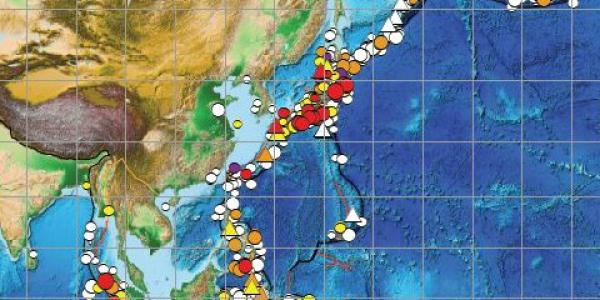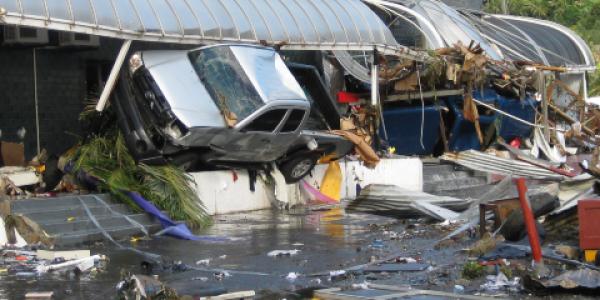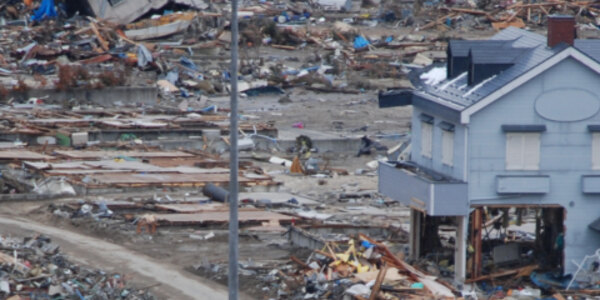NCEI is the long-term archive for all NOAA Deep-ocean Assessment and Reporting of Tsunamis (DART) ocean bottom pressure data. Ocean bottom pressure data also undergo quality control and harmonic analysis at NCEI. The raw data and products are discoverable via the Map, Timelines, and THREDDS Data Server links. Data are provided as netCDF and as gzipped comma-separated-values (CSV).
Please contact haz.info@noaa.gov if you have questions.
Access Methods
- Search by MAP
- Search by TIMELINE (DART)
- Search by TIMELINE (other BPR)
- Access Data via THREDDS Data Server
- Recent Event-Specific DART® Data
Citation
Cite DART® Ocean Bottom Pressure Data as:
National Oceanic and Atmospheric Administration (2005): Deep-Ocean Assessment and Reporting of Tsunamis (DART(R)). NOAA National Centers for Environmental Information. Deep-Ocean Assessment and Reporting of Tsunamis [access date].
Background Information
In the 1980s, NOAA's Pacific Marine Environmental Laboratory (PMEL) developed deep ocean tsunameters for the early detection, measurement, and real-time reporting of tsunamis in the open ocean. The PMEL's Project Deep-ocean Assessment and Reporting of Tsunamis (DART®) developed the tsunameters. A DART® system consists of a seafloor bottom pressure recorder (BPR) capable of detecting tsunamis as small as 1 centimeter, and a moored surface buoy for real-time communications. In 2003, operational responsibility of DART® transitioned from PMEL to the National Data Buoy Center (NDBC).
There are currently 39 U.S. owned and operated DART® buoys installed throughout the Pacific and Atlantic oceans. This completes the current requirements for the DART® array. NOAA has installed DART® systems in the Indian Ocean in partnership with several international organizations (Owned Operated DART Buoys Data Available at NDBC).
Upon recovery from the seafloor BPR, 15-second-resolution data undergo quality control and harmonic analysis at NOAA NCEI.




